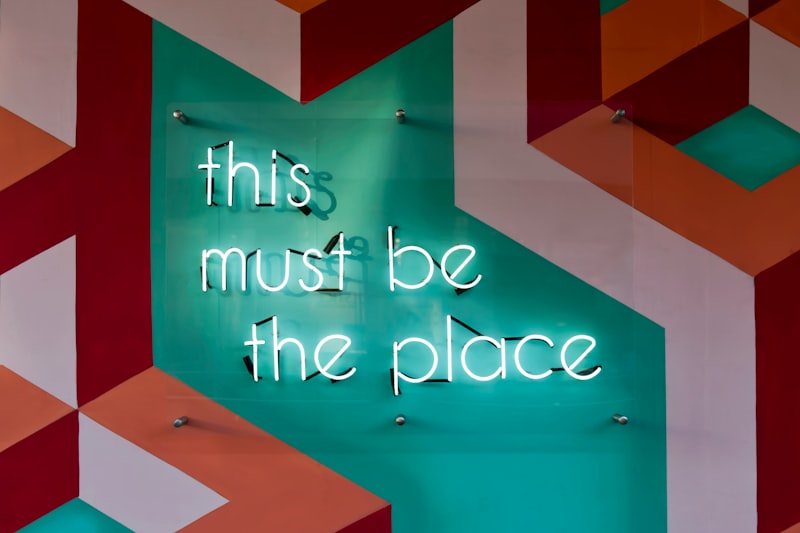After years of running my marketing agency and working with dozens of SaaS companies, I've learned a thing or two about what it takes to crush it in product marketing. And let me tell you - it's not easy. You can't just throw together a few landing pages and expect the customers to come running.
No, to really master product marketing for SaaS, you need calculated, strategic thinking. You need to get into the nitty-gritty of understanding your customers, positioning your product, and crafting targeted campaigns that get results.
And that's precisely what we'll be talking about today...
I'm going to share 3 of my most powerful advanced strategies for dominating at product marketing:
- Leveraging customer personas for precise positioning
- Mapping the customer journey to optimize touchpoints
- Employing a segmented launch strategy
These are the same techniques I use with my private clients, and they can make your product launch even better.
Leveraging Customer Personas for Precise Positioning
Questions to ask:
Actions to take:
The foundation of any great marketing campaign is truly understanding your customers. I mean really understanding them - their problems, motivations, objections, and buying criteria.
Without insight into these things, you can't accurately position your product in a way that really speaks to your audience.
So that's why the first advanced strategy I recommend is creating detailed customer personas.
Here's a quick example persona from one of the SaaS companies I've worked with:
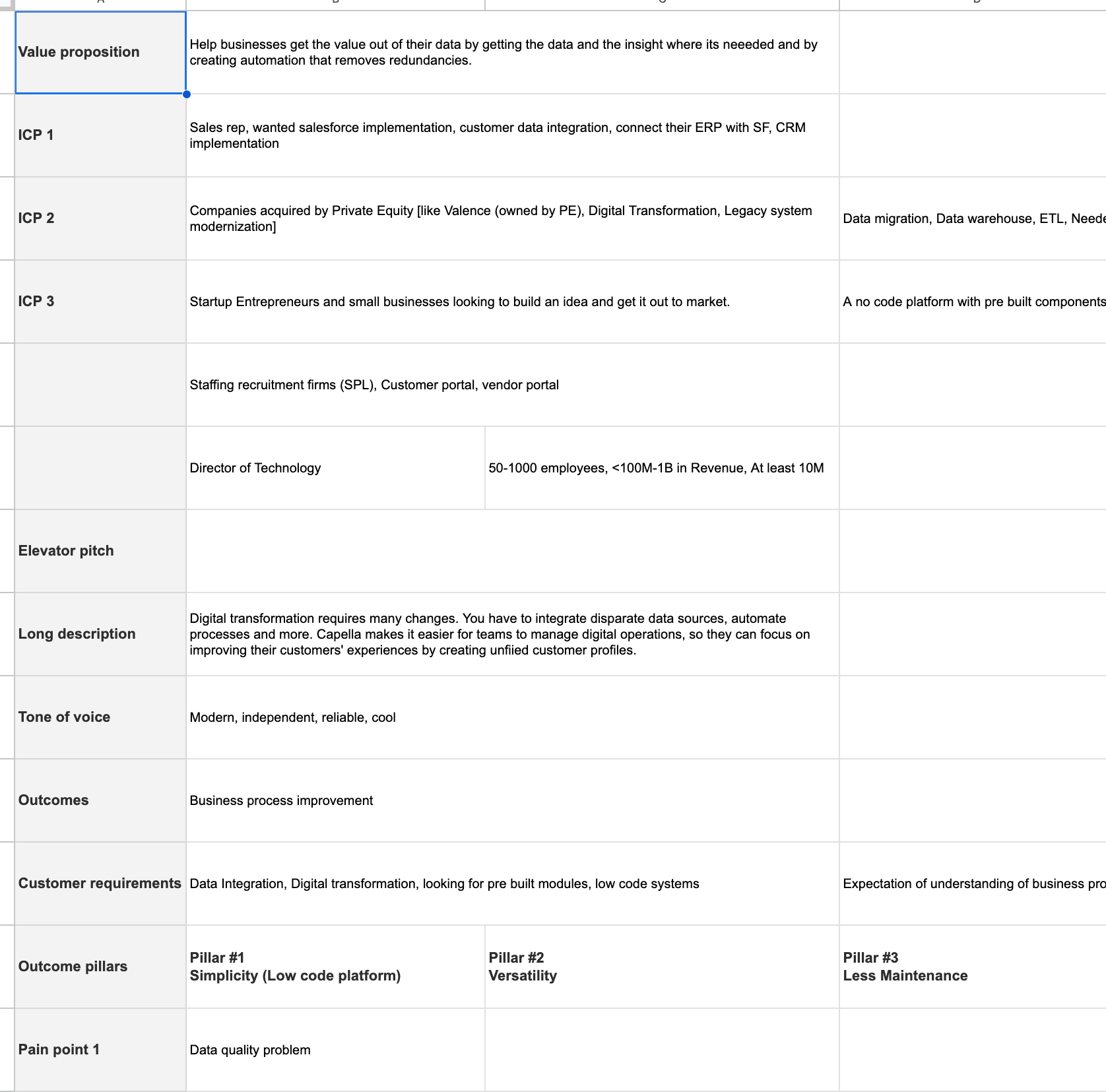
As you can see, the persona goes beyond just demographics.
Creating 3–5 personas like this for your target customers allows you to then position your messaging and product features in a way that directly ties back and resonates with their needs.
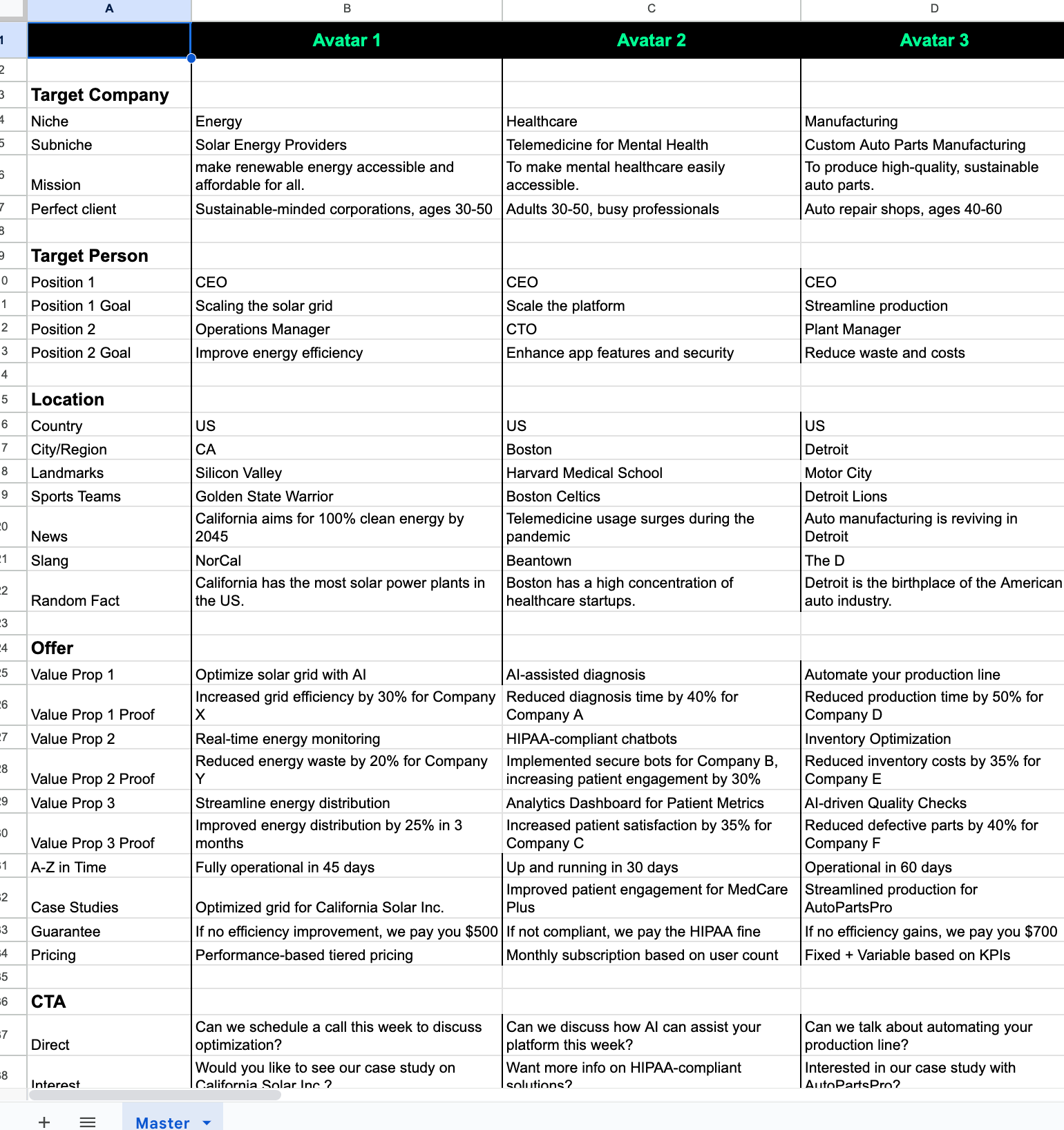
Here are a few powerful ways to leverage personas:
- Map product benefits to solve persona challenges - For each feature/capability you offer, call out specifically how it addresses the goals/challenges for each persona.
- Shape positioning statements around persona objectives - Your messaging should sound like it was written specifically for that persona and their objectives.
- Determine sales collateral/assets tailored to personas - Create tailored assets like use case documents, ROI calculators, etc. that provide value to specific personas.
Get clear on whom you're talking to, what they care about, and how you can help them specifically. This level of precision is what separates good marketing from great marketing.
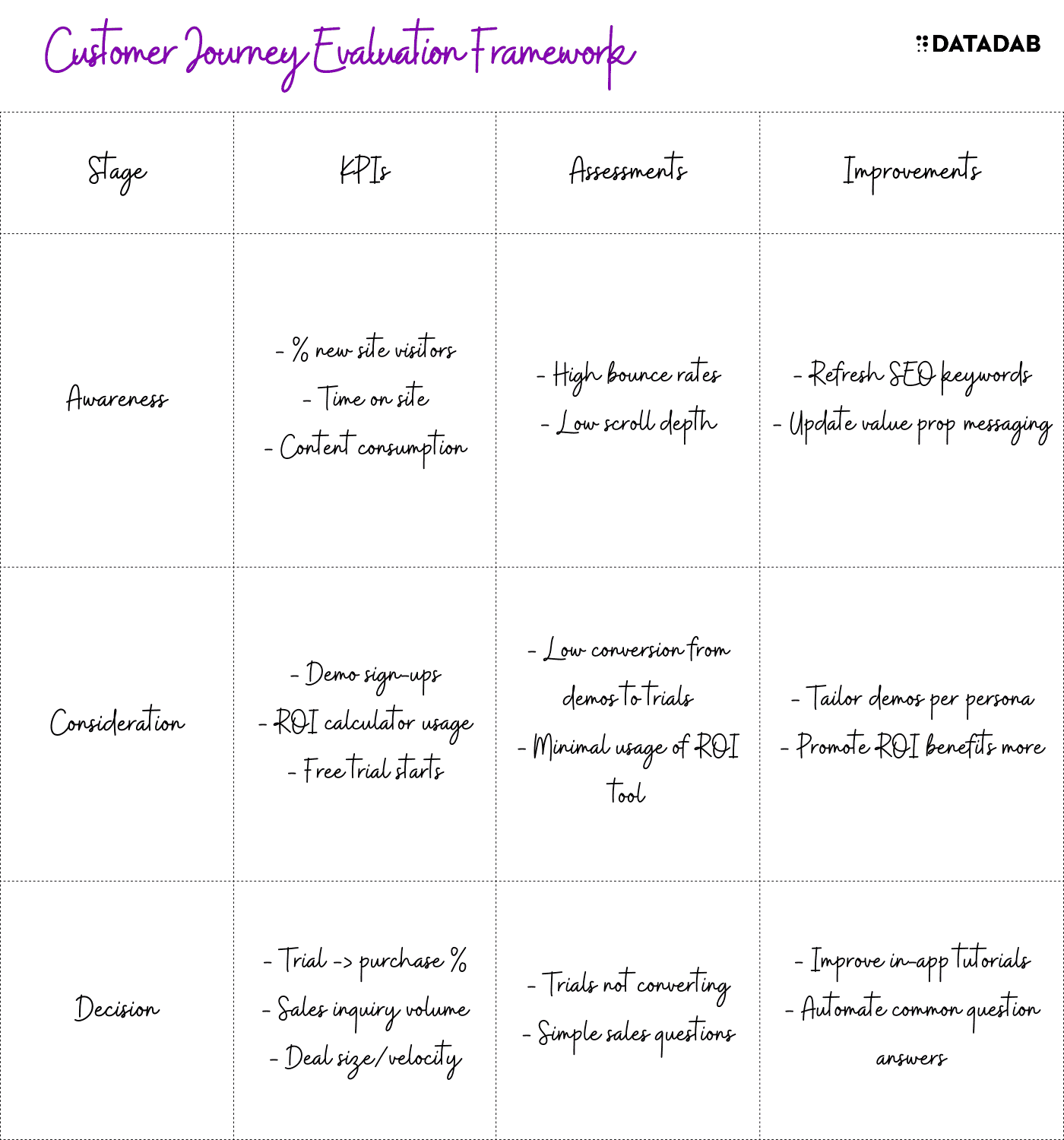
Mapping the Customer Journey to Optimize Touchpoints
Questions to ask:
Actions to take:
Now that you intimately understand your key personas, the next strategy focuses on mapping out their journey with your product.
Similar to personas, documenting the full customer lifecycle allows you to look for “moments of truth” where you can better engage, educate, and support potential customers.
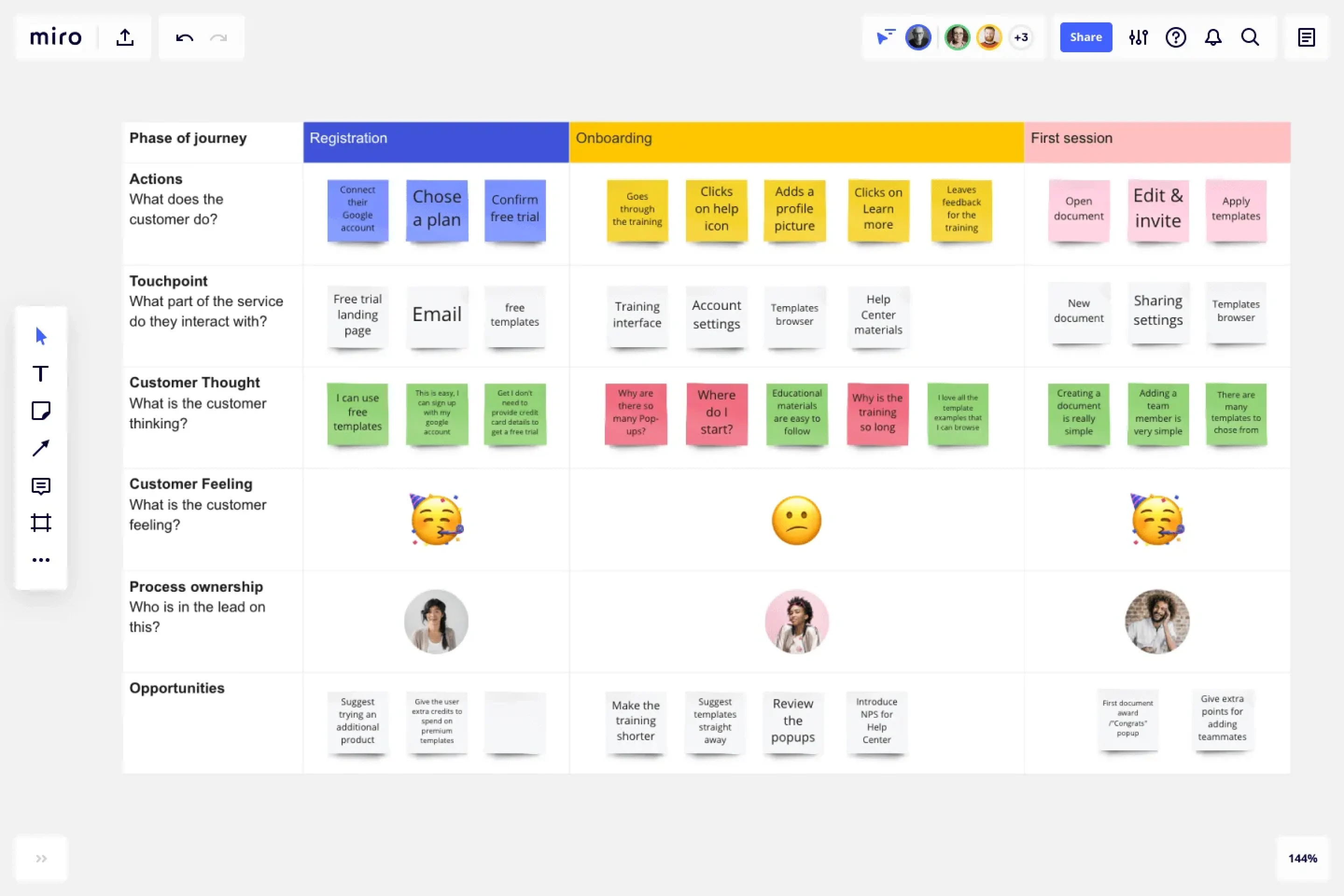
Here's a simplified example of what this journey mapping looks like:
Awareness Stage
- First exposed to ads on social media
- Visits site & downloads ebook about challenges they face
Consideration Stage
- Receives email sequence educating about product capabilities
- Visits pricing page and plays around with ROI calculator
- Watches product demo video
Decision Stage
- Starts free trial
- Speaks to sales rep about use cases
- Finalizes buying process with customized payment terms
The key is identifying those key interactions, content, and tools needed at each stage.
Then for each one, ask yourself questions like:
- What messaging resonates here?
- What content assets will be valuable?
- What tools or support could influence their decision?
Improving and expanding your reach across these customer touchpoints is how you maximize conversions over the entire journey.
Some ideas to apply this strategy:
- Optimize your website pages/content - Audit site content against each lifecycle stage to identify gaps for personas
- Build targeted email/ad sequences - Develop automated flows with messaging matched to each personas' journey stage
- Right-size trials and content - Offer trials, demos, and assets tailored and valuable for each stage
Taking this full lifecycle view allows you to influence and serve customers in a much more continuous, omnichannel way from start to close.
Employing a Segmented Launch Strategy
Questions to ask:
Actions to take:
Alright, now for some next-level SaaS launch strategy!
One of the biggest mistakes I see companies make is trying to go mass market all at once. They'll call all-hands-on-deck, blow tons of budget on a big splashy campaign...only to fall flat because it wasn't a focused approach tailored to successful beachheads first.
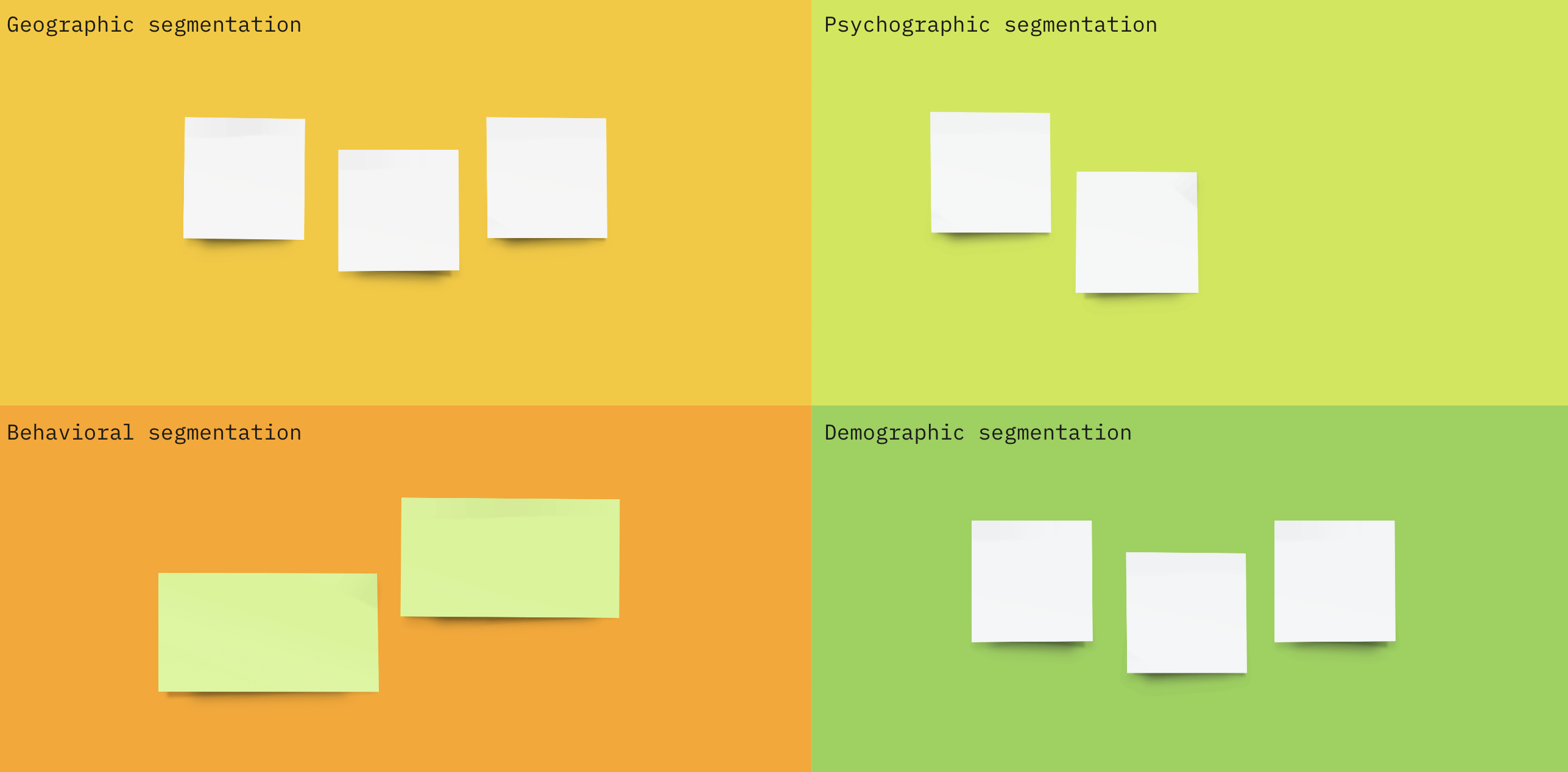
What I recommend instead for product launches is something we call the “segmented rollout plan” - strategically targeting a small, hyper-interested segment first before expanding concentric circles outward over time.
It looks something like this:
Segment 1 (~20% of total market)
- Ideal earlyvangelist personas
- Low-hanging fruit use cases
Segment 2 (~40% of total market)
- Broader set of personas
- Expanded set of use cases
Segment 3 (~100% of total market)
- All target personas & use cases
- Mass market positioning
The idea is that by tactically winning over that initial enthusiastic segment of early adopters first, you establish critical social proof, optimize your positioning/messaging, and set yourself up for much broader success in later segments as you expand.
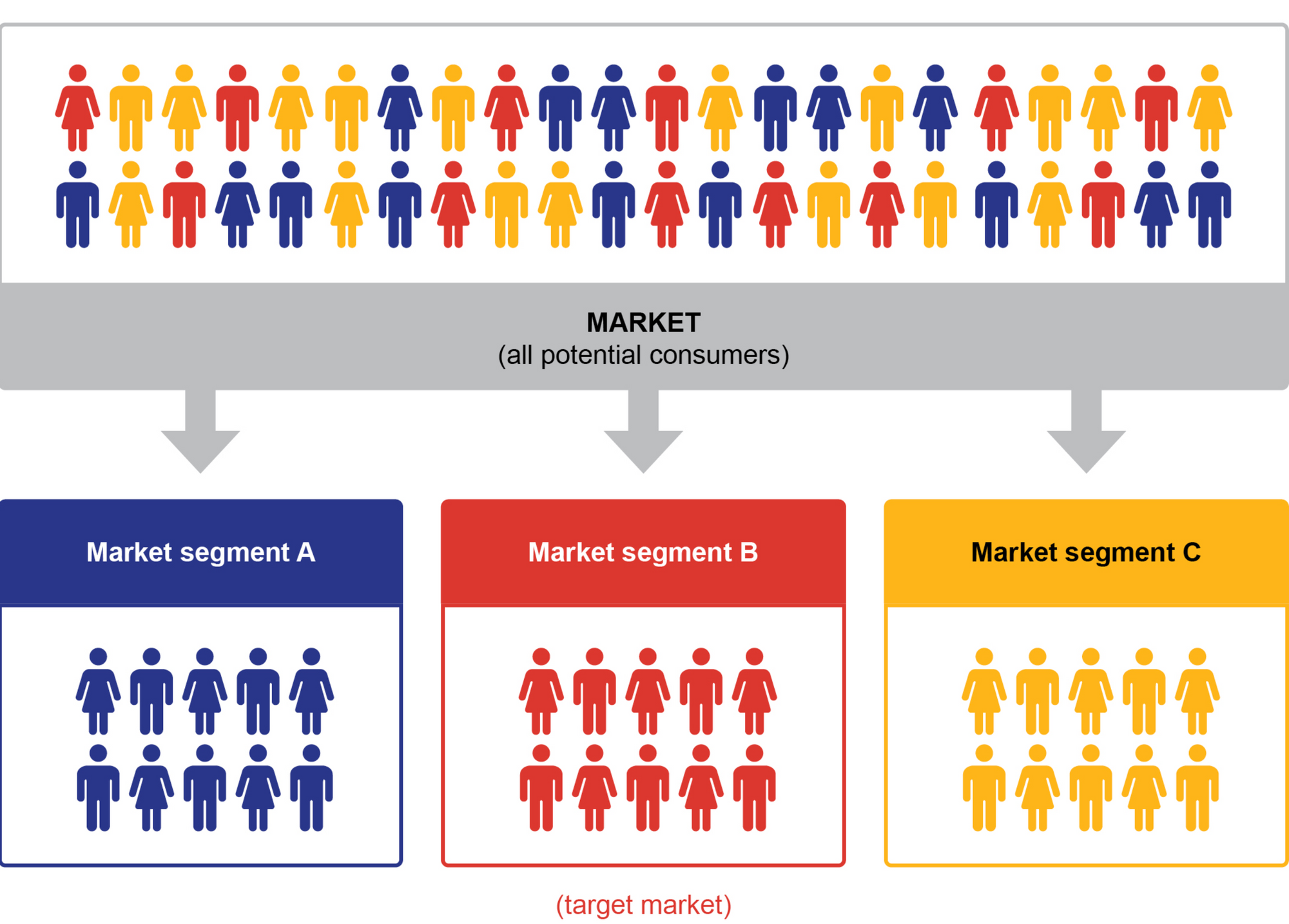
Some examples of how to apply this:
- Lead with high-pain-point niche use cases - Find an urgent underserved problem area to stake your claim to start
- Leverage existing fans/followers - Turn engaged brand advocates into ambassadors to support your beachhead
- Double down on what's working - Keep iterating on the messaging, positioning, content that successfully converts niche segments rather than chasing wider groups too early
So in your launches, start niche but vision big! Gradually broadening your campaign scope based on data, feedback, and momentum rather than trying to boil the ocean on day one.
Trust me, this works wonders compared to mass blasts that sound generic and lack resonance with any one group when you actually dig in.
Hopefully, this gives you a taste of applying some advanced strategies that I've honed from my years in the trenches!
To quickly recap:
- Leverage Customer Personas - Map product benefits & positioning to deeply understood audience groups
- Map the Full Journey - Identify key interactions & touchpoints across lifecycle stages to influence
- Launch in Phases - Start targeted with enthusiastic niche segments first before expanding wider over time
Capturing users by the right tailoring rather than aiming at everyone is the name of the game here.
And over time, the compounding benefits of applying these three approaches lead to extraordinary product-market fit and smoother adoption with each iteration outward.
I hope this gives you some food for thought for stepping up your product marketing prowess. Let me know if you want to dig into any other gold nuggets.
Stay hungry (but also stay focused).
FAQ
1. Why is it important to develop customer personas?
Developing detailed customer personas is critical for truly understanding your target users and what motivates them. Without insight into your ideal customers' goals, challenges, and buying criteria, it is almost impossible to accurately position your messaging and product offerings in a way that will resonate with and influence their purchasing decisions. Investing time in mapping 3–5 personas will pay dividends in focusing your marketing and allowing you to tie specific product capabilities directly back to the underlying needs of each audience group. This level of precise segmentation is what enables campaigns that feel tailored made rather than generic.
2. What are some tips for building out a customer journey map?
The most critical aspects in mapping your customer journey are 1) taking a cross-channel approach inclusive of both digital and human interactions, and 2) focusing on the emotional state of users in addition to behaviors/actions. You want to visualize key stages users go through across first becoming aware of your product all the way through post-purchase usage and advocacy. And for each phase, call out not just what the actions they take are but also what questions or concerns they may have, how confident they feel, their receptiveness to engagement. This lens will reveal a number of “moments of truth” where you can have an outsized impact on experience and conversion with even small optimizations.
3. Why start with a niche target segment when first launching?
The reason a segmented rollout focused on a narrow, niche segment makes sense is that it allows you to perfect your positioning and marketing execution with an easy early win before having to scale more complex strategies across wider groups. Not to mention that early adopter power users can provide invaluable product feedback, social proof stories, and referrals that aid adoption down the line. Rather than wasting resources trying to be everything to everyone and spreading efforts too thin (likely failing to impress any group), tactically winning over vocal advocates on day one can give your offering a boost. This will launch the momentum needed to gradually expand concentric circles wider over time.
4. How do you determine what the ideal first niche segment is when launching new products?
There are likely multiple sub-segments you could focus early energy on, so how do you prioritize? The key is identifying underlying user needs and honing in on the segment experiencing the most acute, urgent version of those needs first. Talk to customers and prospects to determine where the highest “pain points” exist or value potential based on their workflows. Often it comes down to a niche but particularly timely or critical use case. Addressing those acute needs exceptionally well generates immense goodwill and vocal fans. From there you can solicit expansion ideas from them for what next segments or slightly differentiated use cases to consider adding as you scale.
5. What other tactical ways can you leverage early customers in a staged launch plan?
Early adopters are enormously valuable for refining everything from the product itself to how you talk about it. Set clear expectations that you are looking for their hands on involvement in exchange for special treatment and access. Empower them to shape priorities, provide insights into their decision factors, serve as references/advocates, or even assist directly in content creation. Not only will they provide direct lift, but also their credible voices can influence and reinforce messaging as you court wider groups. Offer unique benefits, insider status, or first-mover advantages you can deliver to early customers that make it worthwhile for them to participate as founding members of your community.
6. How often should customer personas be updated or expanded on once initially developed?
While core motivations are unlikely to radically change in short timeframes, it is important to continually evolve your personas over time rather than setting them in stone forever. A best practice is revisiting personas every 6 months with sales, customer success and other stakeholder teams to discuss any emerging patterns. As segments and use cases expand, influxes of new types of customers may necessitate adding additional personas or editing existing ones. Even long-standing personas may need tweaks to their priorities, pain points emphases if their environments shift. Plan an annual restart where building current personas from scratch again avoids being overly anchored on past frameworks.
7. What are some signals that your current customer journey mapping may need to be revisited?
Sudden changes in behavior at certain stages can be red flags for shifts you need to address with an updated journey map. For example, if trial sign up rates or sales qualified lead percentages suddenly dropped significantly, it could indicate new barriers or perception issues arising. Or if customer onboarding completion rates declined, but product usage remains steady for those who do complete it, there may be specific friction points within those flows causing leaks in the funnel. Audit analytics and run user tests, support ticket analyses to diagnose. Another reason to remap journeys is after major releases where how people are guided through new functionality or offerings may need to be rearchitected.
8. How do you balance niche focus versus scalability in a segmented launch plan?
This is a great question - you want your beachhead segment to be narrow enough to feel tailored and win over credibly, but not so niche that the broader applicability is unclear. One framework is to categorize natural tiers of user groups - a set of high-priority niches as phase 1, with 2-3X larger addressable markets still getting clear value for phase 2, before reaching ubiquity in phase 3 mass market rollout. Define these segments consciously in your planning even if executing them sequentially. This allows keeping use cases and messaging appropriately targeted all while architecting the expansion roadmap upfront vs. needing reactionary pivots. Have those next phases embedded in positioning, so the niche feels like a foot-in-the-door rather than a distraction.
9. What metrics should you be tracking to determine when to move from one rollout segment to another?
Leading indicators to monitor for signs your beachhead is truly won over are segment penetration within your niche, share of voice/visibility gains against alternatives, and customer satisfaction scores. Allow time for word of mouth and organic adoption signals to emerge before chasing too wide too quickly. Lagging indicators would be conversion rates across your funnel from visitor to lead to customer within the target segment. Once you see those topping out and sustainable over a couple of months, it likely signals time to move downstream. Set specific metrics targets around sales qualified lead growth, customer onboarding velocity or platform usage intensity to incentivize scaling at the right times.
10. How can product marketers continue optimizing campaigns in later launch stages?
The beauty of a segmented rollout is you get to continually double down on what is working while layering on new strategies for expanded segments. Monitor win rates, competitive displacement, campaign ROI and usage data religiously to guide spending. Expand channels and partnerships proving efficient at customer acquisition. Transition messaging from capabilities focused to more business value focused as you court later mainstream groups. Create nurture paths for emerging use cases and complementary roles. The key is having the infrastructure to support experimenting at scale while also maintaining focused attention on areas already smoothly converting.



